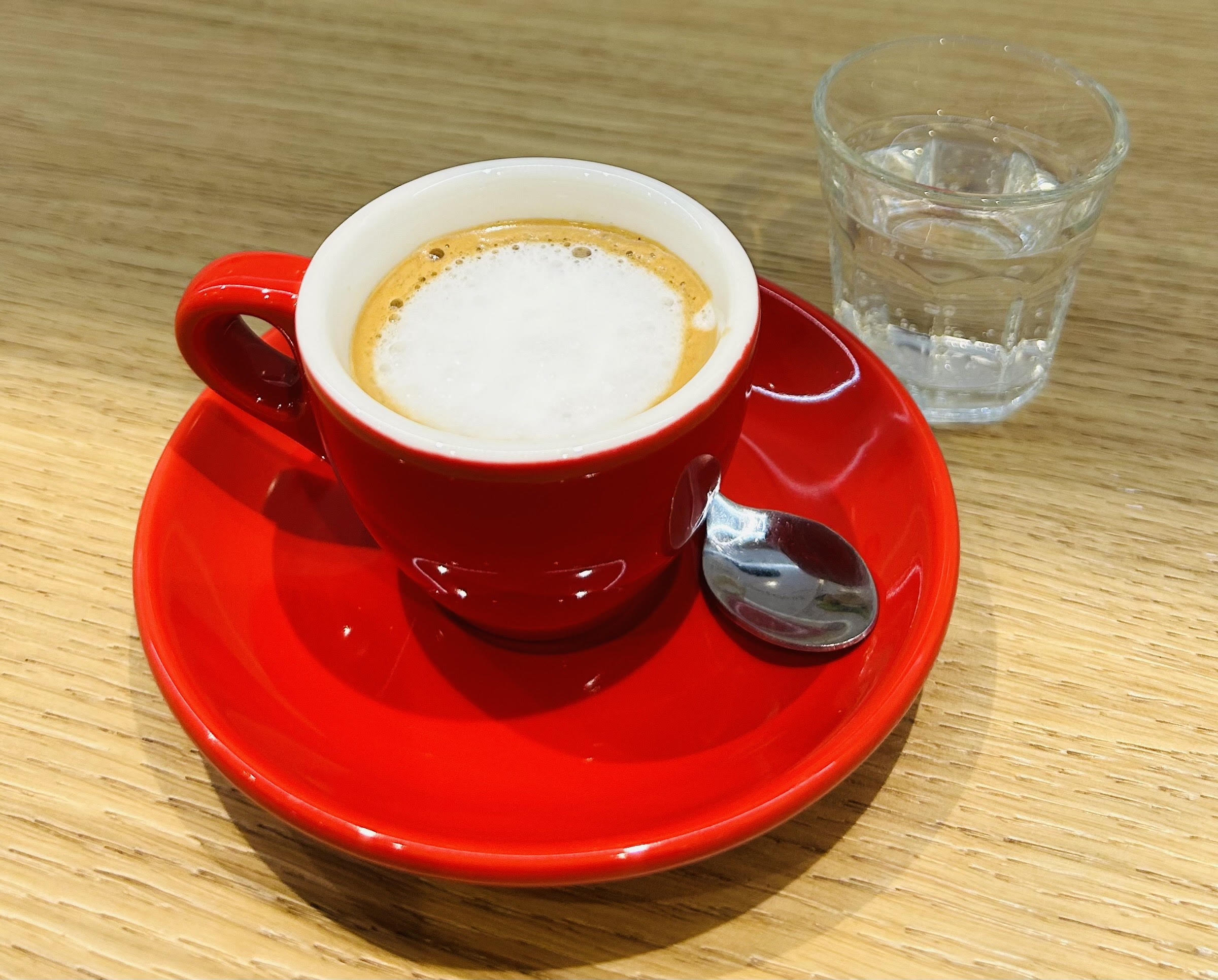While I’m always aiming to capture and maintain my cultural culinary traditions, I make a special effort during the holidays. Each year at Christmas I fire up the fryer for a festive family favourite.
This dessert, like many, has several different identities, Neapolitans know it as struffoli; in Abruzzo it is cicerchiata and if you’re Calabrese like me, you recognize it as scalilli, turdilli or pignolata.
The recipe varies from region to region by adding different types of liquor and dressing them up diavoletti (colored sprinkles), lemon or orange zest and even chocolate. No matter the name or area, they all rely on the basic principal of frying little dough balls (traditionally with lard as the southern regions lack the climate and landscape for dairy cattle) and covering them with honey or vino cotto (as sugar was scarce and very costly until after the second World War).

With each variation also comes a particular story of origin. In Napoli, the name struffoli comes from the Greek strongulos meaning “round in shape” where the dessert was inspired by the Greek Loukoumades which are sweet fritters glazed with honey. In Naples they date back to the eighteenth century when nuns used to prepare them as gifts for the nobles of the city during major festivities. You will often see them shaped like a wreath or filling a horn of plenty made with caramel and crushed nuts.
In Abruzzi they are referred to as Cicerchiata, because their shape is similar to cicerchie, a legume that is local to this area (similar in appearance to a chickpea but tastes more like sweet split peas).
Pignolata on the other hand (as they are known in both Sicily and Calabria comes from the word pignula, which in dialect means “pine nut” also in reference to their appearance and the way they are served (stacked into a cone shape). They are also said to resemble gold coins and as such are served during the holidays as a symbol of prosperity and good fortune.
It has been my good fortune over the years to see my friends and family pining over this nostalgic dessert and share in their stories and memories. Buon Appetito e Buone Feste!

Pignolata
(this recipe will yield 2-3 wreaths or approximately 75 individual portions)
Ingredients:
- 4 cups of flour
- 6 eggs
- ½ cup sugar
- 3 tbsp of softened butter or lard
- ½ cup limoncello or anice
- Zest of half a lemon or orange
- ¼ tsp of salt
- Olive oil or canola oil for frying
- 1 cup honey
- Colored sprinkles for decoration
Method:
Combine the flour, eggs, sugar, butter and salt and work until you get a soft dough (they can be mixed by hand or in a stand mixer). Once the dough has been formed allow to rest for an hour.
Divide the dough into parts. On a lightly floured surface, taking a bit at a time, roll out into strips. Using a pastry cutter or knife cut into small pea-sized bits.
Heat your oil on high in a pot or deep pan then drop in the dough balls. Cook until they are slightly golden (the color of chickpeas) then remove and drain on paper towel.
Once all the dough balls have been fried, warm the honey in a bowl over a double boiler or microwave and proceed to toss in the pignoli. Once they have been coated in honey they can be shaped into a wreath or cone on a serving plate or made into individual portions using cupcake liners. Decorate with sprinkles and enjoy!
Notes:
This recipe can easily be halved. The dough balls can also be frozen after they are fried, then defrosted and coated in the honey and sprinkles at a later time.
This dough can also be used to make to another popular holiday dessert, crostoli. Roll the dough out into think sheets then cut into ribbons and fry. Once fried dust in powdered sugar and enjoy.







